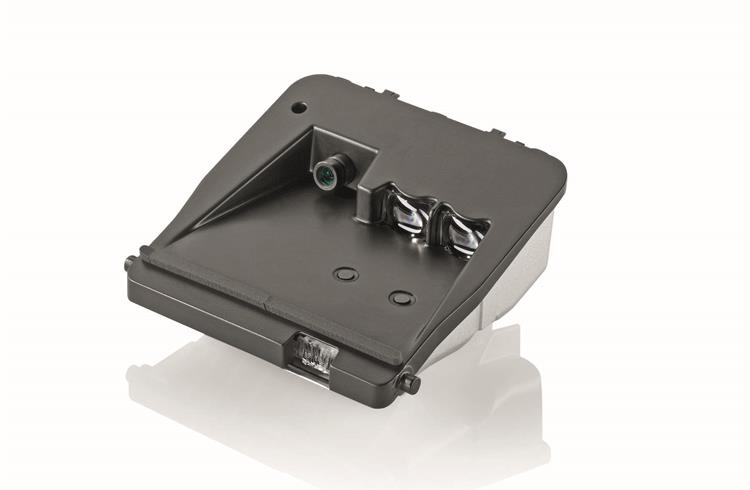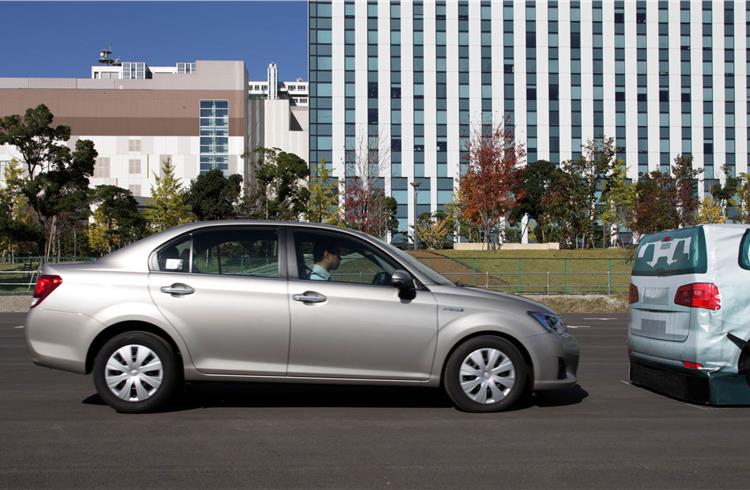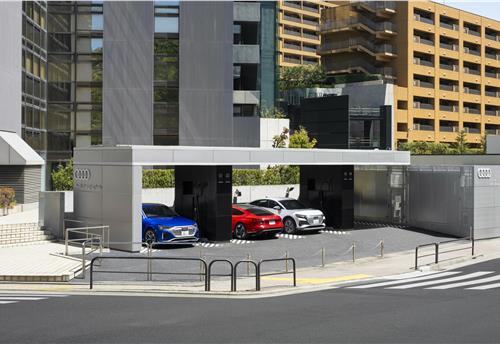Continental’s MFL sensor module goes into Toyota’s Safety Sense C
Continental has developed the integrated new sensor module Multi Function Camera with Lidar (MFL) by integrating a camera and an infrared Lidar (Light Detection and Ranging Sensor) into a single compact unit.
Tiredness, distractions or loss of concentration are some of the main causes of traffic accidents. Consequently, any advanced driver assistance system (ADAS) which help drivers in such situations can further reduce the number of accidents. ADAS represents key technologies to support the realization of Vision Zero - the Vision of accident-free driving – first and foremost aiming towards no fatal accidents on the road, followed by the objective of no injuries and, ultimately, no accidents at all.
Global automotive supplier Continental has developed the integrated new sensor module Multi Function Camera with Lidar (MFL) by integrating a camera and an infrared Lidar (Light Detection and Ranging Sensor) into a single compact unit. Series production started this year. The MFL is part of the German supplier’s comprehensive portfolio of surrounding sensors like forward looking and surround view cameras as well as radar and Lidar sensors.
The developed unit is now supplied to Toyota Motor Corporation for its new active safety package called ‘Toyota Safety Sense C’ for compact cars. “We are proud to be the key supplier of this campaign, which is a big step towards our Vision Zero. With its three active safety technologies Pre-Collision System (PCS), Lane Departure Alert (LDA) and the Automatic High Beam (AHB) in the Toyota ‘C-Package’, the vehicles make a significant contribution to safety driving and reducing accidents,” said Christoph Hagedorn, president of Continental Japan.
In the Multi-Function Camera with Lidar, Continental has integrated two particularly competitive sensor technologies. By specifically combining the strengths of a camera with those of an infrared Lidar, the new sensor module is able to detect objects ahead of the vehicle, and when there is a possibility of collision, it prompts the driver to brake with an audio and visual alert. If the driver fails to brake in time, the system automatically applies the brakes. Thus, up to a speed of approximately 80kph, a crash can be completely avoided if the relative speed to the detected object is less than 50kph. If the speed differences are greater, emergency braking will considerably reduce the force of the impact.
Camera and infrared Lidar complement each other
CMOS (Complementary Metal-Oxide-Semiconductor) cameras are already used for categorizing objects in front of a vehicle. However, by itself, a CMOS camera cannot always provide sufficiently reliable information for initiating automatic emergency braking. “This is why Continental is combining this passive sensor technology with an infrared Lidar in the Multi-Function Camera with Lidar. The Lidar sensor transmits three pulsed infrared beams with a 905nm wavelength and measures the time-of-flight until the reflected beams reach the receiving optics,” said Karl Haupt, head of Continental’s Advanced Driver Assistance Systems business unit. The sensor monitors a distance of more than ten meters in front of the vehicle, which classifies it as a short-range Lidar system.
From the speed of light and the time-of-flight, the Multi-Function Camera with Lidar is able to calculate the distance to the object to an accuracy of up to ten centimetres. In conjunction with the CMOS camera, the sensor module now provides a robust means of object categorisation and reliability.
Scalability paves the way to large-scale production
With tight cost restrictions in mind, particularly as regards compact vehicles, the Multi-Function Camera with Lidar module has been made scalable. Depending on the application, the computing capacity can be adjusted to three different comprehensive levels.
In all three variants, Continental says the MFL always provides robust and reliable data on which to base the decision to initiate automatic emergency braking – and does so in the smallest space. In addition to Lane Departure Alert (LDA) which is available in Toyota Safety Sense C package, other ADAS functions such as Lane Keeping Support (LKS) and Traffic Sign Recognition (TSR) can be installed as additional optional vehicle equipment with the same sensor module.
RELATED ARTICLES
Visteon opens high-tech automotive testing lab in Bulgaria
The facility, which is equipped with cutting-edge technology and houses over 70 highly skilled engineers, expands the co...
Honda to invest $11 billion in building EV value chain in Canada
In line with its plan to set up an environmentally responsible EV and battery plants in Ontario, the Honda EV value chai...
Audi opens its first EV charging hub outside Europe in Tokyo
The compact Audi charging hub has two charging stations with a total of four fast-charging points featuring CHAdeMO char...





 By Autocar Pro News Desk
By Autocar Pro News Desk
 28 Aug 2015
28 Aug 2015
 13379 Views
13379 Views












